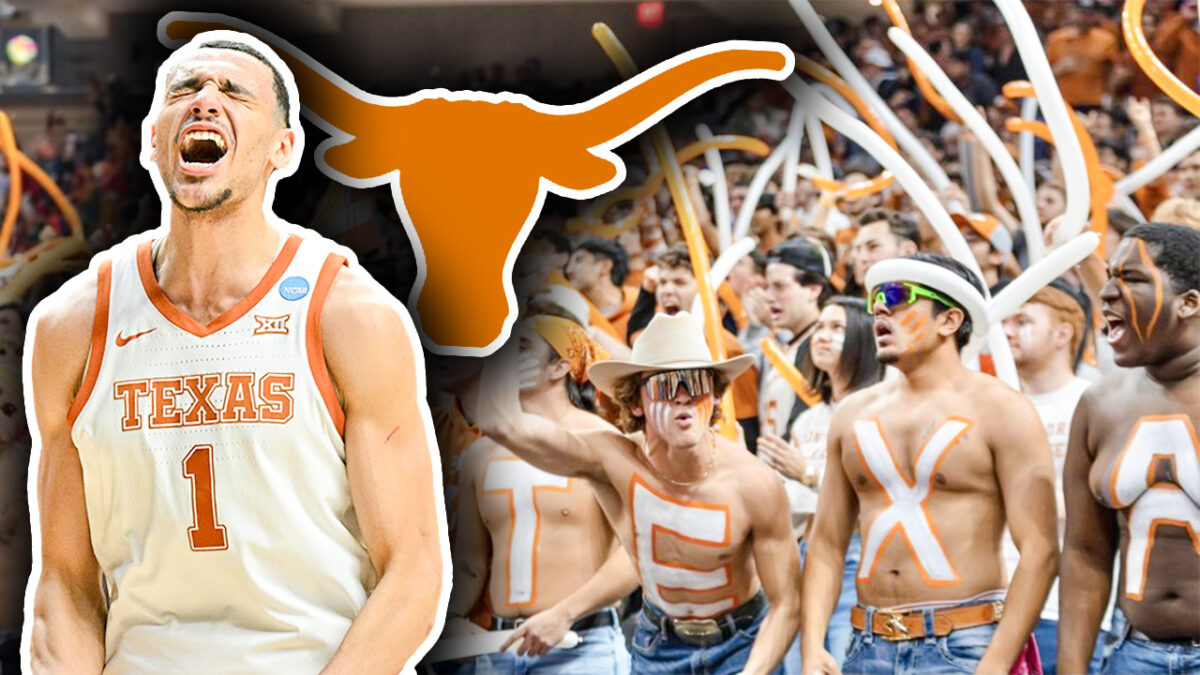
Basketball is one of the NCAA’s two main money producing sports, along with football. Since the start of the NIL era a few years back, college basketball has changed greatly, especially when you combine that with the conference realignment period since the early 2010s, which has more or less carried on until today.
Some programs have used the realignment and NIL periods as a way to vault themselves into being a respectable program, while others have seemingly fallen off the cliff from being former contenders. Be it because of their current lack of success or the fact that they seemingly have come out of nowhere to be competitive, some programs have become underrated throughout the years; these are what we’ll look at today. Without further ado, let’s take a look at some of the most underrated programs in college basketball history.
Creighton
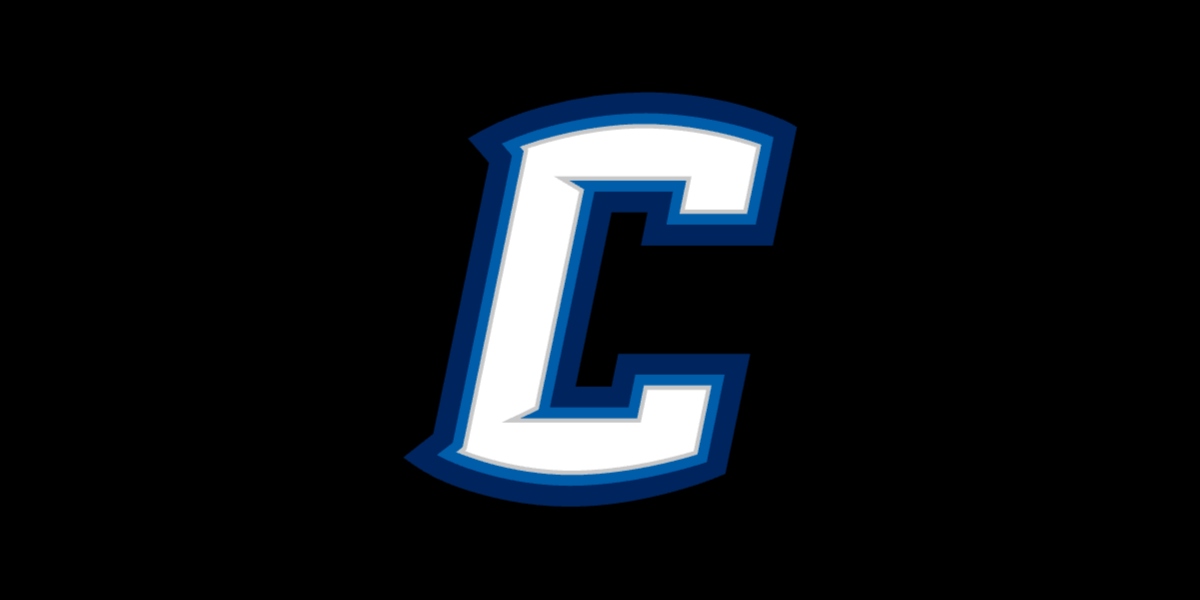
Creighton is probably best known today for the success the program has seen under its two most recent head coaches, Dana Altman and Greg McDermott. However, they were a regional powerhouse under head coaches Arthur Schabinger, Chuck Kearney, and Eddie Hickey in the first half of the 20th century, before about 50 years of futility outside of a few years under Red McManus, Eddie Sutton, and Tom Apke.
In the NBA, Creighton has mostly been represented by four players: Paul Silas, Kyle Korver, Doug McDermott, and Benoit Benjamin. Korver is one of the greatest shooters in history, Silas was a great defender who found himself on three championship winning teams, and McDermott is a solid shooter who has found himself as a fringe starter and “3-and-D” player in recent seasons.
The women’s program has historically been solid, too, with head coach Jim Flanery leading the team to winning records in 16 out of his 21 seasons at the helm, with the team reaching the Elite Eight as a 10-seed in 2022. Additionally, the program has only had eight losing seasons since being founded in 1982, a record that fairly few other programs can claim.
BYU
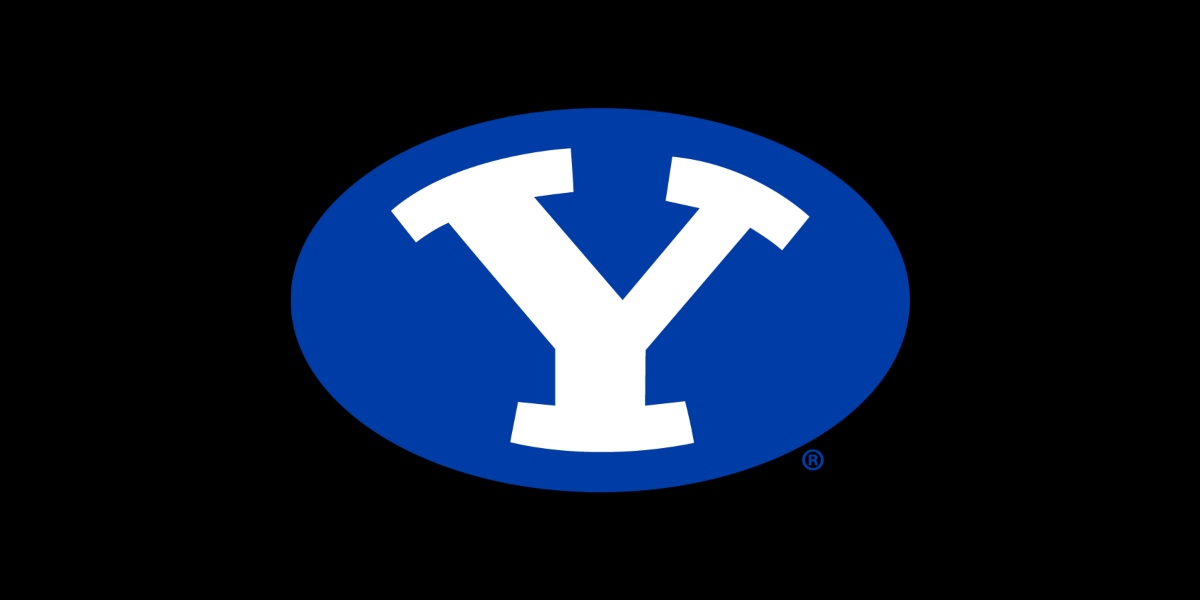
Click on ‘Follow Us’ and get notified of the most viral NCAA stories via Google! Follow Us
BYU is one of those programs that has historically been solid if unspectacular, but they have never really had the peak that other programs have had. The program won the NIT tournament in 1951, at a time when it was considered roughly on par with the NCAA tournament in terms of prestige, and again in 1966, when the importance of the tournament had fallen.
The best coach in program history is probably Stan Watts, who led the Cougars to their two NIT championships and leads the program in terms of wins by a coach. After Watts, the program’s most successful period came under Dave Rose, who led the team to the NCAA Tournament eight times in nine seasons between 2007 and 2015.
The program has only had one major player in the NBA, and that was Danny Ainge, who was a two-time NBA champion with the Boston Celtics in the 1980s and a one-time All-Star.
The women’s program, despite being founded in 1972, didn’t have much success until the late 1990s, and when Jeff Judkins took over as head coach in 2001, the team became a perennial contender, playing in a postseason tournament 16 times during his 21 seasons at the helm. Despite the relative lack of success before Judkins arrived in Provo, the team has a total winning percentage of over .600, which shows how they have been a decent program, especially given their early problems.
Temple

Temple has the sixth-most wins by a program in college basketball history (at the time of writing), sitting behind only Kansas, Kentucky, Duke, North Carolina, and UCLA. While they have never won a championship (in the NCAA Tournament era), they have made the Final Four twice and have won the NIT tournament twice during a time in which the tournament had much more prestige than it does today.
Hall of Fame coaches like Harry Litwack and John Chaney have helped turn Temple into the competitive squad that they have been for the last 100+ years with very few exceptions. Litwack led the team to the NIT title in 1969, and they made the Final Four in 1956 and 1958 with him at the helm; the Owls also won the NIT title in 1938 in a time before the NCAA Tournament was used to determine a champion, and they were retroactively declared National Champions by the Helms Athletic Foundation for the year.
In the NBA, there have only been three former Owls who provided a lasting impact in the league: Eddie Jones, Aaron McKie, and Hall of Famer Guy Rodgers. In the WNBA, Candice Dupree deserves a mention as the only Temple alumni to establish herself as a prominent player.
Despite existing as a team off-and-on since the 1920s, Temple’s women’s basketball team didn’t elevate above the club level until 1974. Since then, however, the women’s program has become one of the better programs in the country, culminating in the Owls making a postseason tournament 10 out of 11 seasons between 2001 and 2011.
Purdue

In recent years, the Boilermakers have become known for being upset in the NCAA Tournament, with major upsets coming at the hands of Fairleigh Dickinson in 2023, North Texas in 2021, and Little Rock in 2016. However, what is less known about the team is that they have had only two coaches since 1980, they (like Temple) were selected as National Champions in the pre-NCAA Tournament era, they have had two Hall of Fame head coaches during their 100+ years as a program (those two being Gene Keady and Piggy Lambert), and they were also the alma mater of a little known player who would go on to be one of the greatest coaches in basketball history; his name is John Wooden.
In 1932, Purdue finished with a record of 17-1 and would later be recognized as the National Champions by the Helms Athletic Foundation. Since then, they have almost always finished with a winning record apart from short periods in the late 1940s, early 1950s, and the mid 1960s.
In the professional ranks, Purdue gets carried by four alumni: Glenn Robinson, Joe Barry Carroll, and Brad Miller, as well as Katie Douglas on the WNBA side.
Despite only existing since 1975, Purdue’s women’s basketball program arguably has a richer history than the men’s side. The Boilermakers won the NCAA Tournament in 1999, lost in the title game in 2001, and made the Final Four in 1994. The program has fallen on hard times recently, with the final years of Sharon Versyp’s tenure seeing the program miss the postseason three years in a row (the middle of those two years, 2020, had no postseason play due to the Covid-19 Pandemic but the team likely would not have qualified for any tournaments that year, either). Here’s to hoping that Katie Gearlds is able to bring the program back to its former glory, because women’s basketball is better when traditional contenders like Purdue are doing w
Texas

Despite being known primarily as a football school, the Longhorns have a rich basketball history, too. The Longhorns have made the Final Four three times in their history (1943, 1947, 2003), and have made the Elite Eight a further five times (1939, 1990, 2006, 2008, 2023).
In the first half of the 1900s, Texas was a force to be reckoned with in the southern part of the country, with the team making the NCAA Tournament three times within the first nine years of its creation (at a time when the tournament had a much lower number of teams competing than they do today) and being a dominant team in the years before it was created. The program “fell off” between 1951-1976 during the successive coaching tenures of Thurman Hull, Marshall Hughes, Harold Bradley, and Leon Black, but since 1976 they have become a major player in the national college basketball landscape again; Abe Lemons was the one who originally brought them back to prominence before Tommy Penders and Rick Barnes truly brought the program back to prominent title competition.
In the NBA, the Longhorns have had Hall of Famer Slater Martin represent them in the 1950s, as well as future Hall of Famers LaMarcus Aldridge and Kevin Durant over the last 15 years. In the WNBA, the only player of note is Ariel Atkins, and she has carved out a nice career for herself, being a two-time All-Star and winning the 2019 championship with the Washington Mystics after being drafted by the franchise in the first round in 2018.
The Longhorns’ women’s basketball program has probably been the more dominant program, historically speaking. Despite being founded as a varsity program in 1974, the team has won a National Championship, with that coming in 1986, has made the Final Four a further two times in 1987 and 2003, the Elite Eight a further eight times, and they have made the NCAA Tournament in 35 out of the 40 years it has been played.
Marquette
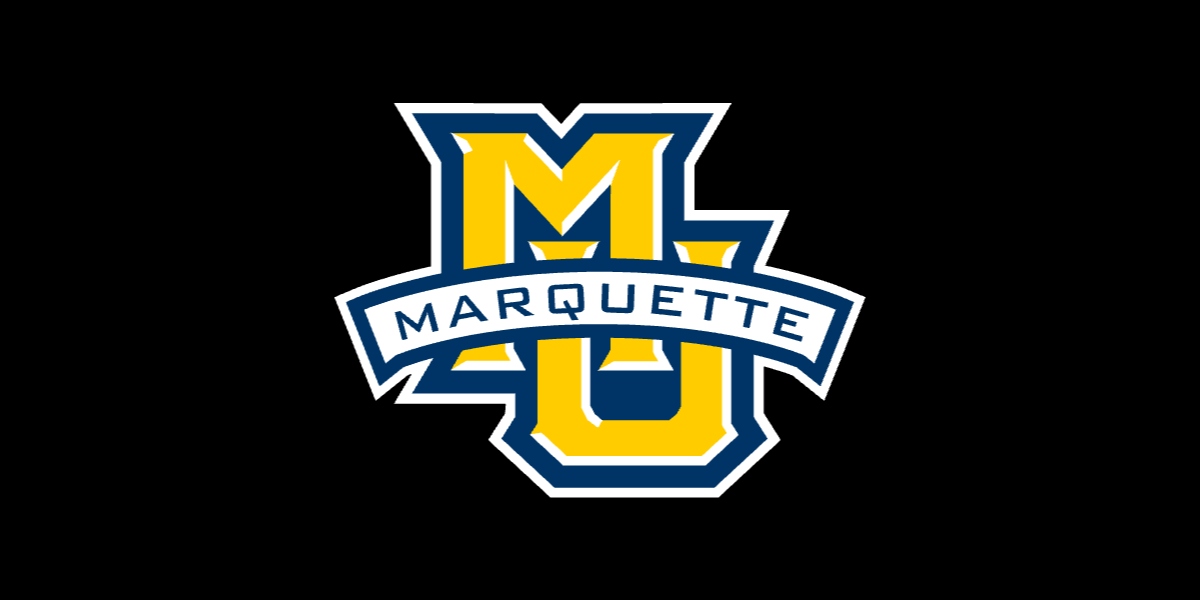
The 1977 National Champions, the Golden Eagles have had a long and storied history as one of the top teams in the eastern part of the country. Despite the relative lack of success they have seen in the last decade under Steve Wojciechowski before Shaka Smart came in and led them back to prominence over the last couple of seasons, Marquette were perennial championship contenders during the latter half of the 20th century and the early 21st century.
Hall of Fame head coach Al McGuire helped turn a program that had been on the rise in the 1950s and early 1960s under coaches Jack Nagle and Eddie Hickey into title contenders in the late 1960s and throughout the 1970s, culminating in a title game appearance in 1974 where they would fall to the North Carolina State Wolfpack and a National Championship in 1977, where they would defeat the North Carolina Tar Heels in McGuire’s final game as head coach; he had announced prior to the season that he would be retiring at its end. The program lost prominence in the 1980s before coming back to life in the 1990s and 2000s under coaches like Kevin O’Neill, Mike Deane, Tom Crean, and Buzz Williams, before they all (outside of Deane, who was fired after a poor 1998-99 season) took jobs elsewhere at more prestigious schools.
In the professional ranks, Marquette has been represented most prominently by future Hall of Famer Dwyane Wade, as well as other great players like Maurice Lucas and Jimmy Butler.
The Golden Eagles’ women’s basketball program doesn’t have much to speak of in terms of history, as they have never made the Sweet Sixteen of the NCAA Tournament and have only made the tournament in 14 out of the 40 years it has been held. However, in recent years, Carolyn Kieger and Megan Duffy have seemingly elevated the program from its humble beginnings, with the Golden Eagles being selected to participate in the NCAA Tournament five out of the last six years it has been held (they likely would have made it in 2020 had the tournament not been canceled by the onset of the Covid-19 Pandemic). With both programs seemingly on the rise, the future looks bright for Marquette basketball.
Oklahoma State

Most of Oklahoma State’s success comes from the time when they were known as Oklahoma A&M and when Hall of Fame head coach Henry Iba roamed the grounds in Stillwater. Iba coached the Cowboys between 1934 and 1970, and led the program to back-to-back national championships in 1945 and 1946, as well as an appearance in the National Championship game in 1949 and a Final Four in 1951.
After Iba retired in 1970, the program mostly remained as a bottom dweller in the Big Eight conference throughout the 1970s and 1980s, only making the NCAA Tournament once, in 1983. However, Eddie Sutton took over in 1990 and immediately led the Cowboys to the NCAA Tournament in his first five years at the helm, and in his sixteen years, they would only miss the tournament three times; Sutton would resign in 2006 after a DWI and subsequent crash would leave his career in jeopardy. Since Sutton’s retirement, the program has enjoyed some success under Travis Ford, Brad Underwood, and Michael Boynton, but it has never recovered to the same success it once had.
In the NBA, the Cowboys have produced great players like John Starks, Marcus Smart, Desmond Mason, Tony Allen, and 2022 first overall pick Cade Cunningham.
On the women’s side, the Oklahoma State Cowgirls have historically been a decent program, but not one that is a powerhouse. They have made the Sweet Sixteen three times, and they have made the NCAA Tournament a total of 17 times since it was founded in 1982.
Illinois
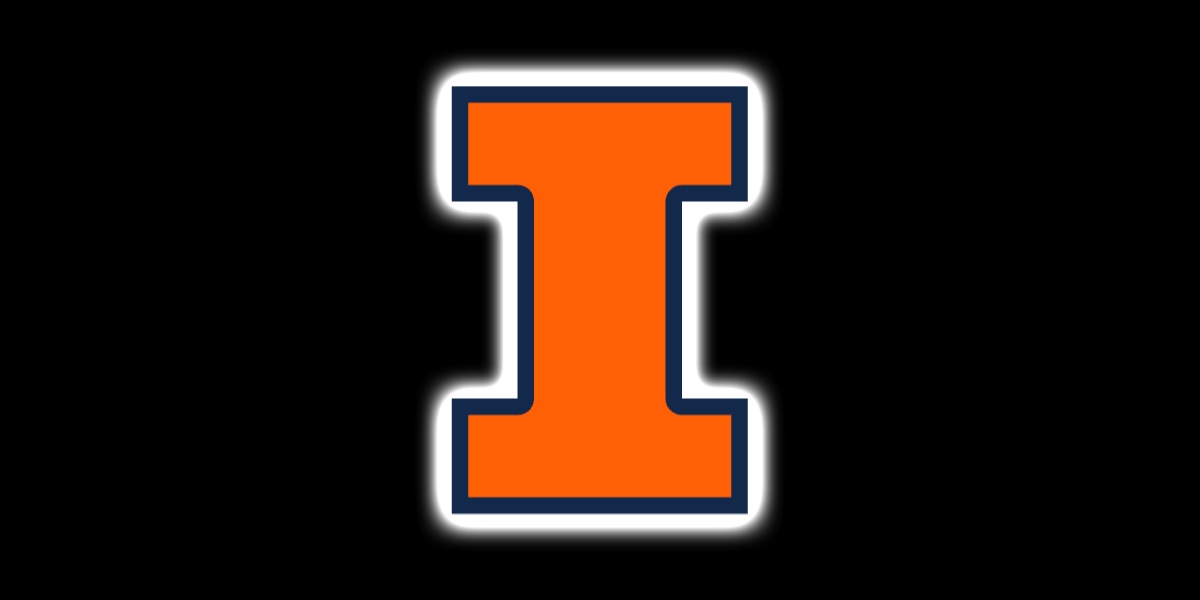
The Fighting Illini were awarded as the 1915 Helms Athletic Foundation’s National Champions, and since the NCAA Tournament was created, they made the national title game in 2005 and have made four further Final Fours, in 1949, 1951, 1952, and 1989. Between the 1960s and early 1980s, the Illini were not competitive often, but outside of those years and most of the 2010s, Illinois has been a traditional contender in the Big Ten.
Undoubtedly, the best team Illinois ever had was their 2004-05 outfit, which lost just two games the whole season and earned Illinois only title game appearance to this point, where they lost to North Carolina in a battle of the top two seeds in the entire tournament. The best coaches in the program’s history are Hall of Famers Lou Henson and Bill Self, as well as Harry Combes and Bruce Weber. Brad Underwood also deserves a mention for the work that he has done in turning Illinois from the bottom dweller they were in the 2010s into one of the best programs in the Big Ten today.
As far as professional play is concerned, Illinois has put out players like Derek Harper, Eddie Johnson, Deron Williams, Don Ohl, and Hall of Famer Andy Phillip. Illinois has only produced one WNBA player, Angelina Williams, who played for only two years in 2005 and 2006.
The women’s basketball program has historically been a weak one, with only 20 winning seasons in the 49 seasons they have played at the varsity level. The best coach in program history is by far Theresa Grentz, who had 10 winning seasons in 12 years in Urbana while also securing five of the program’s nine NCAA Tournament appearances.
Cincinnati

In the late 1950s and early 1960s, the Bearcats went on one of the greatest runs any program has ever seen. They made the Final Four five straight seasons between 1959 and 1963, a feat that has only been matched by UCLA under John Wooden, winning two national championships in 1961 and 1962 and making another title game in 1963.
The most competitive eras of the program have come under coaches like Hall of Famer Bob Huggins, Mick Cronin, Ed Jecker (who won the two national titles), and George Smith. Under Huggins, the Bearcats made the Final Four again in 1992, which was their first appearance in the tournament in 15 years following a collapse of the program in the 1980s, and they made the tournament in his final 14 years in black and red; after Huggins was fired in 2005 for a DWI, the university hired Mick Cronin, who would make the tournament in his final nine seasons with the program after needing to rebuild and missing the tournament in his first four seasons.
Cincinnati has put out some major firepower in the professional ranks throughout their history. The two most major examples are Hall of Famers Oscar Robertson and Jack Twyman, as well as other big-name players like Nick Van Exel and Kenyon Martin. The women’s program has put two players into the WNBA, but neither made any impact while they were in the league.
Speaking of the women’s program, like Illinois, the men’s program far outclasses the women’s program in terms of prestige and success. Since the Women’s NCAA Tournament was created in 1982, the Bearcats have only qualified four times, and their most recent appearance was in 2003. In recent years, the program has begun to get slightly better, but there is no indication that Cincinnati will become contenders any time soon.
Oklahoma
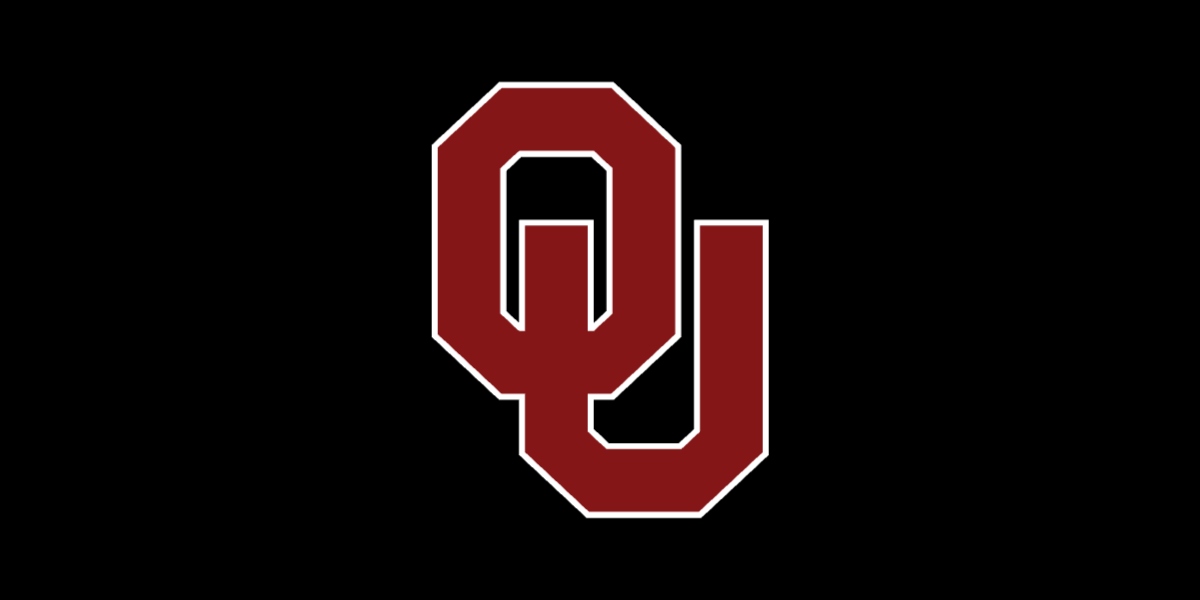
Like their rivals in Austin, the Sooners are primarily known as a football school, but also have an impressive basketball history. The Sooners have made the national title game twice, losing both times in 1947 and 1988, and they have made the Final Four three other times, in 1939, 2002, and 2016.
Coaches like College Basketball Hall of Famer Bruce Drake, as well as other successful coaches like Hugh McDermott, Billy Tubbs, Kelvin Sampson, and Lon Kruger have helped the Sooners become a team that is almost always in title contention, even though they’ve never won one.
In the professional game, the best player that Oklahoma has ever produced is (likely) future Hall of Famer Blake Griffin, though they have been the alma mater of several other great players, like Alvan Adams, Mookie Blaylock, Trae Young, and Buddy Hield. In the WNBA, three of their alumni have found themselves as players who have been able to stick around in a prominent role: Danielle Robinson, Courtney Paris, and Stacey Dales.
Until 2000, the women’s team was not very good, but with Hall of Famer Sherri Coale taking over the program in 1996, she was finally able to make them competitive, though it did take a few years. Before Coale took over in 1996, the Sooners had only made the NCAA Tournament twice; since 2000, they’ve missed it twice, along with making a National Championship game appearance in 2002 and two further Final Four appearances in 2009 and 2010. Coale retired in 2021 after a disappointing last few seasons, and Jennie Baranczyk has led the team to 25 wins and the NCAA Tournament in both of her first two seasons. It took a Hall of Famer to do it, but it looks like Oklahoma’s women’s basketball program has gained similar status to the men’s program.


